River otter , either otter , or ordinary otter , or порешня (Latin Lutra lutra) — a species of predatory mammals of family marten, leading a semi-water life; one of three types of a genus of otters (Lutra). In literature the word "otter" usually is meant as this look.
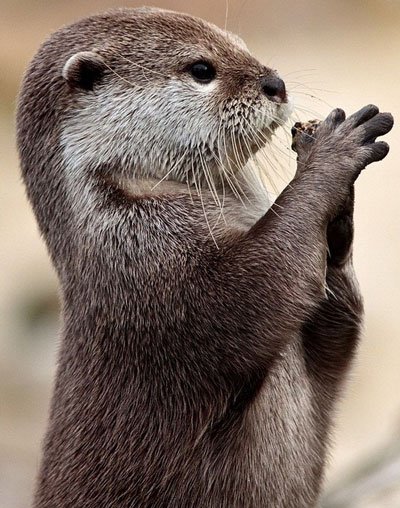
Appearance
Otter — a large animal with the extended flexible body of a streamline shape. Body length — 55 — 95 cm, a tail — 26 — 55 cm, weight — 6 — 10 kg. Paws are short, with swimming membranes. The tail is brawny, not fluffy.
Fur coloring: from above dark-brown, from below light, silvery. Ostevy hair rough, but to podpushit very dense and gentle. Density of a woolly cover can reach 51 thousand on 1 cm2 [3]. Such high density of an underfur does fur absolutely impenetrable for water and perfectly isolates a body of an animal, protecting him from overcooling. The structure of a body of an otter is adapted for swimming under water: flat head, short paws, long tail.
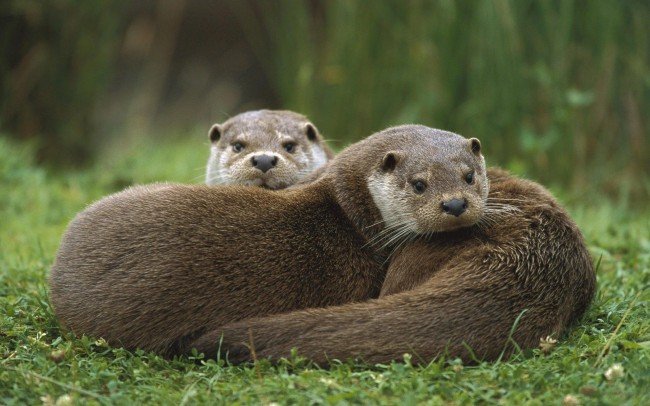
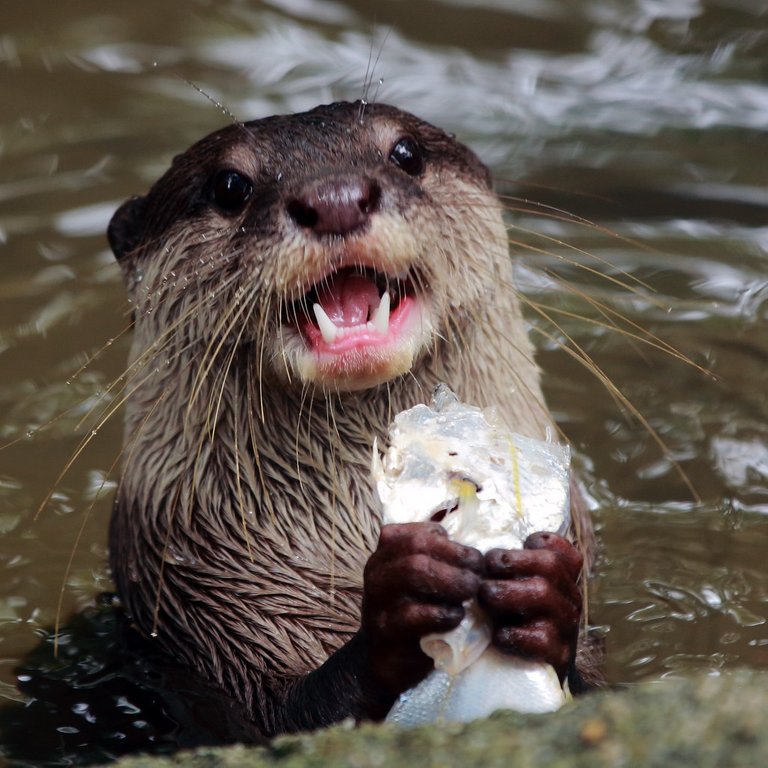
Distribution
The most widespread representative of a subfamily of otters. Meets on the extensive space covering almost whole Europe (except the Netherlands and Switzerland), Asia (except Arabian Peninsula) and North Africa. In Russia meets everywhere, including on Far North in the Magadan region, on Chukotka.
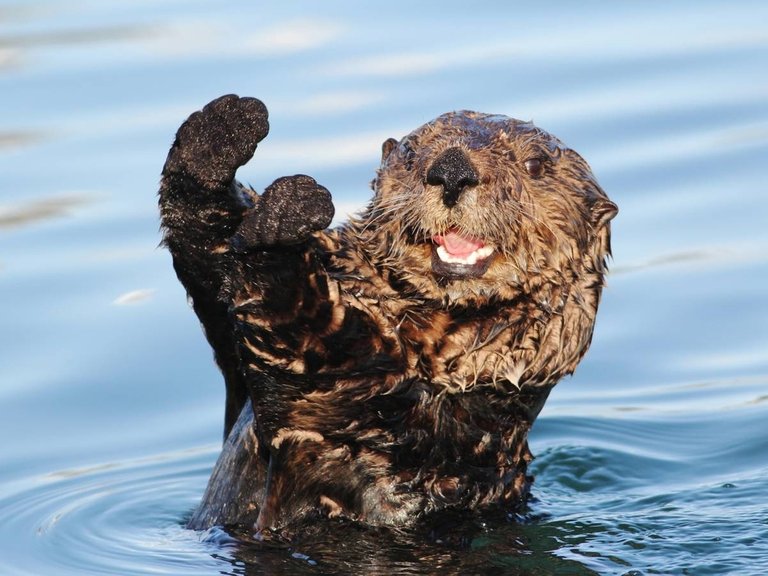
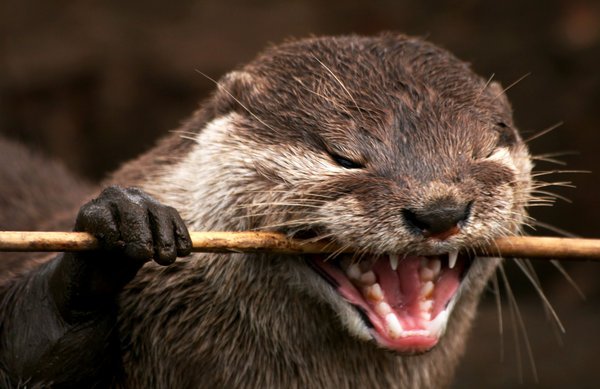
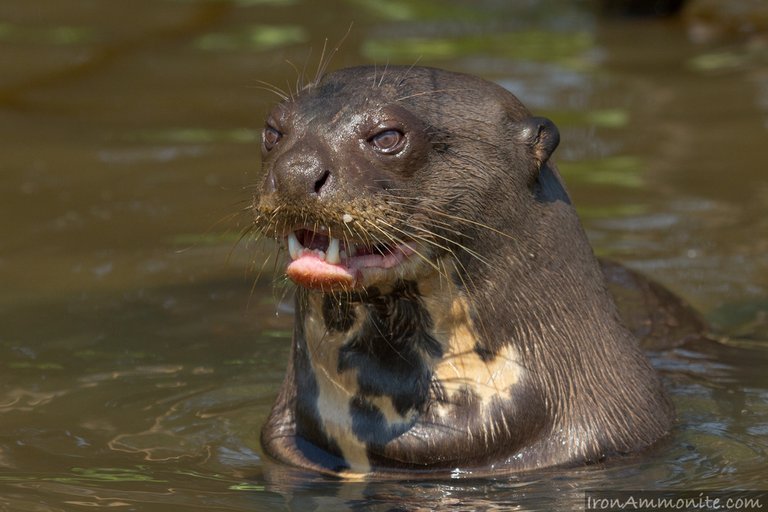
Way of life and food
The otter leads a semi-water life, perfectly swimming, diving and getting itself food in water. The otter can remain under water up to 2 minutes.
She lives mainly in the forest rivers rich with fish, is more rare — in lakes and ponds. Meets on the sea coast. Prefers the rivers with whirlpools, with rapids nonfreezing in the winter, with the coast which are washed away by water, cluttered up with a windbreak where there are a lot of reliable shelters and places for the device of holes. Sometimes arranges the dens in caves or, like a nest, in thickets at water. Entrance openings of her holes open under water.
Hunting grounds of one otter make the section of the river from 2 to 18 km long and about 100 m deep into of a coastal zone in the summer. In the winter, at exhaustion of stocks of fish and freezing of ice-holes she is forced to wander, sometimes crossing straight high watersheds. At the same time the otter goes down from slopes, sliding down on a belly, leaving a characteristic mark in the form of a trench. On ice and snow she passes up to 15 — 20 km in days.
The otter mainly eats fish (a sazan, a pike, a trout, small fry, bull-calves), and prefers small fish. Eats frogs in the winter, it is quite regular — larvae of caddis flies. In the summer, except fish, catches water voles and other rodents; in places systematically hunts sandpipers and ducks.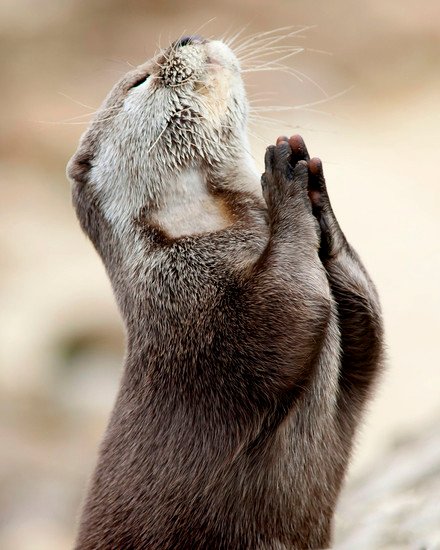
The social structure and reproduction
Otters — single animals. Pairing depending on climatic conditions happens in the spring (March — April), or almost all the year round as, for example, in England. Otters in water copulate. Pregnancy — with the latent period reaching up to 270 days; the period of incubation is only 63 days. In a brood usually 2 — 4 blind cubs. Cubs of otters are called puppies.
Puberty at otters comes on the second or third year of life.
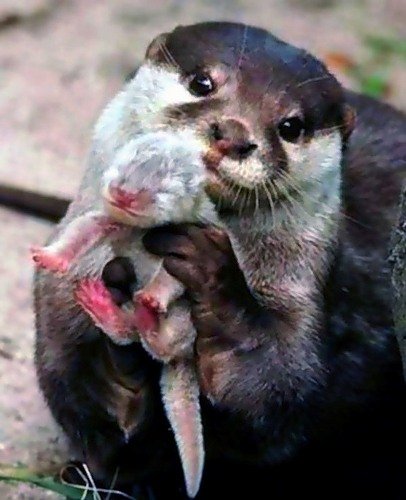
Economic value
Fur of an otter is very beautiful and strong. Its wear in fur business is accepted to 100%. In processing the rough awn is pulled out and remains short, dense, gentle подпушь. One of the strongest and durable — it is possible to wear fur coats from fur of otters to thirty seasons, in particular if an otter sea. One of the most valuable species of otters with fur which is highly appreciated lives on Alaska.
In some regions of Bangladesh of otters use as hunting animals — they drive fish into networks of fishermen (at the same time adult individuals are held on long leather leads, and the young growth swims freely — he all the same won't departure from parents).
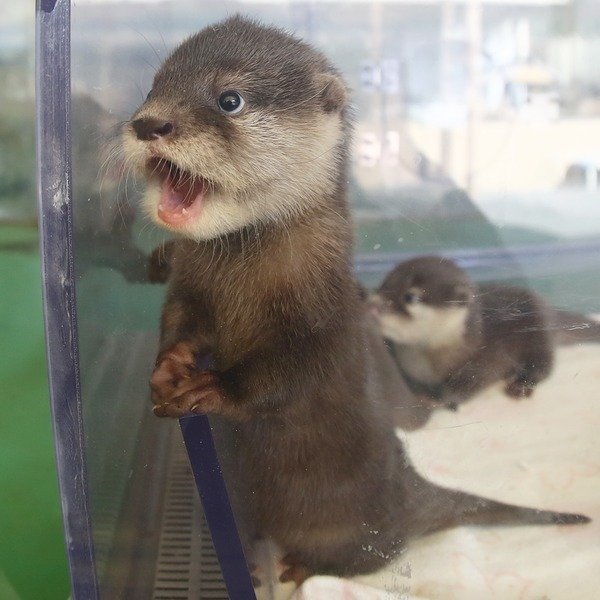
Status of population and protection
Hunting and application in agriculture of pesticides have reduced the number of otters. In 2000 the ordinary otter has been entered in the red list of the World union of conservation (IUCN) as a "vulnerable" (vulnerable) look.
The look is included in the Red List of Sverdlovsk region of the Saratov and Rostov regions.
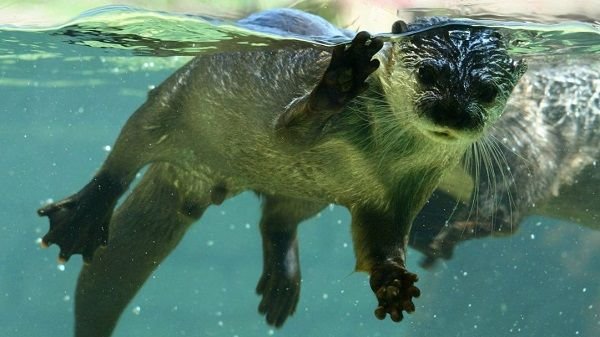
Thanks for sharing that. We believe it is alwats importnat to raise the awareness about wildlife and conversation.
You could also hrlp us to savr Abongphen Highland Forest in Cameroon. Use our voting bot @treeplanter and plant trees with us.
Thanks a lot
with great pleasure